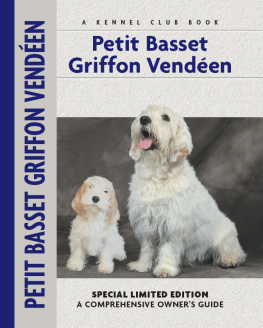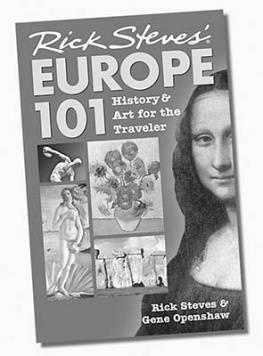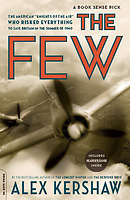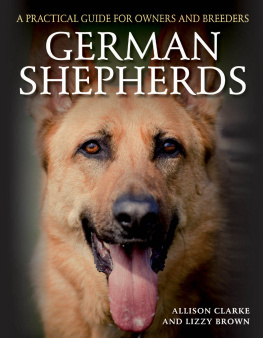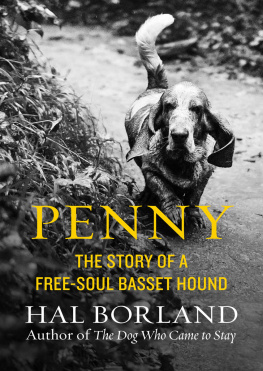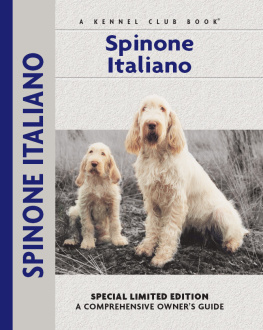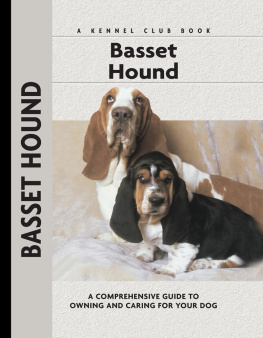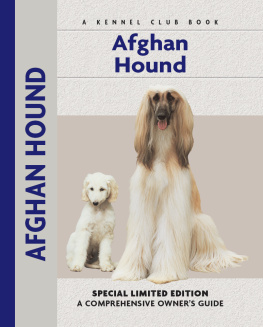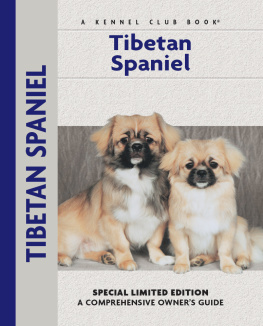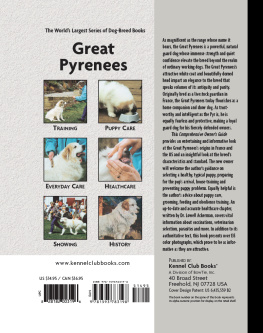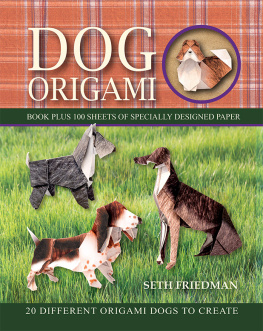Physical Characteristics of the Petit Basset Griffon Venden
(from the American Kennel Club breed standard)
Head: Must be in balance with the overall dog.
Eyes: Large and dark.
Stop: Clearly defined.

Ears: Supple, narrow and fine, covered with long hair.
Nose: Black and large, with wide nostrils.
Muzzle: Slightly shorter than the length from stop to occiput.
Lips: Covered by long hair forming a beard and moustache.
Neck: Long and strong, without throatiness.
Chest: Rather deep, with prominent sternum.
Forequarters: Shoulders clean and well laid back. Elbows close to the body. The leg is strong and well boned. Pasterns strong and slightly sloping. Feet not too long, with hard, tight pads.
Coat: Rough, long without exaggeration and harsh to the touch, with a thick shorter undercoat. The overall appearance is casual and tousled.
Body: Muscular, somewhat longer than tall.
Tail: Of medium length, set on high, it is strong at the base and tapers regularly.
Hindquarters: Strong and muscular with good bend of stifle. A well-defined second thigh. Hocks are short and well angulated, perpendicular from hock to ground.
Size: Both sexes should measure between 13 and 15 inches at the withers.
Color: White with any combination of lemon, orange, black, tricolor or grizzle markings.

Contents

Meet the smallest (or Petit) of the Griffon Venden breeds. Trace the development of the hunting hounds of Frances Vende region and their emergence into separate breeds based on hunters needs. Learn about the people and dogs instrumental in establishing one of Frances longtime favorites, a relative newcomer to the pure-bred dog scene in the US.

Called the Happy Breed for its appealing smile and perpetually wagging tail, the PBGV is an active, curious and friendly scenthound that needs an owner who can keep up with his busy pace. The breeds hunting instincts, personality, energy level and physical characteristics are discussed, along with owner suitability and health considerations.

Learn the requirements of a well-bred Petit Basset Griffon Venden by studying the description of the breed set forth in the American Kennel Club standard. Both show dogs and pets must possess key characteristics as outlined in the breed standard.

Find out about how to locate a well-bred PBGV puppy. Discover which questions to ask the breeder and what to expect when visiting the litter. Prepare for your puppy-accessory shopping spree. Also discussed are home safety, the first trip to the vet, socialization and solving basic puppy problems.

Cover the specifics of taking care of your PBGV every day: feeding for the puppy, adult and senior dog; grooming, including coat care, ears, eyes, nails and bathing; and exercise needs. Also discussed are ID, boarding and traveling safely with your dog.

Begin with the basics of training the puppy and adult dog. Learn the principles of house-training the PBGV, including the use of crates and basic scent instincts. Get started by introducing the pup to his collar and leash and progress to the basic commands. Find out about obedience classes and training for other activities.

By Lowell Ackerman DVM, DACVD
Become your dogs healthcare advocate and a well-educated canine keeper. Select a skilled and able veterinarian. Discuss pet insurance, vaccinations and infectious diseases, the neuter/spay decision and a sensible, effective plan for parasite control, including fleas, ticks and worms.

Know when to consider your PBGV a senior and what special needs he will have. Learn to recognize the signs of aging in terms of physical and behavioral traits and learn what you and your vet can do to optimize your dogs golden years.
K ENNEL C LUB B OOKS P ETIT B ASSET G RIFFON V ENDEN
ISBN 13: 978-1-59378-310-5
eISBN 13: 978-1-62187-024-1
Copyright 2005 Kennel Club Books An Imprint of I-5 Press A Division of I-5 Publishing, LLC
3 Burroughs, Irvine, CA 92618 USA
Cover Design Patented: US 6,435,559 B2 Printed in South Korea
All rights reserved. No part of this book may be reproduced in any form, by photostat, scanner, microfilm, xerography or any other means, or incorporated into any information retrieval system, electronic or mechanical, without the written permission of the copyright owner.
10 9 8 7 6 5 4 3 2 1
Photography by Mary Bloom, Isabelle Franais, Carol Ann Johnson and Jeff Pepper
with additional photographs by
Paulette Braun, T.J. Calhoun, Alan and Sandy Carey, Classy Canines, Bill Jonas and Tien Tran.
Original drawings by Patricia Peters.
The publisher wishes to thank all of the owners of the dogs featured in this book, including Helen Ingher, Dawn Kierzek, Jeff Pepper, Harold D. Sanderson, Carol A. Strong and Linda Taranto.

The smallest of the Griffons Vendens is the Petit Basset Griffon Venden, affectionately known as the PBGV. It was developed for French commoners who hunted on foot. They needed a skilled hunting dog with whom they could keep pace, hence the shorter legs.

MANS HELPER
Mans reliance on the dog for both companionship and assistance in bringing food to the table has existed for thousands of years. Dogs are considered to be the only animals that have freely chosen to live with man and have freely sought mans companionship. Most dogs have an innate predisposition to live and work in groups, or packs. In each pack, one dog would become dominant and take the leadership role. As the dogs relationship with man developed over time, man became the natural leader of the pack, and the dogs willingly did as the pack leader asked.
As mans relationship with the dog deepened, man began to appreciate the many ways that a dog could assist him. A dogs sense of smell and visual acuity are much greater than mans, so the dog was helpful in locating game. The dog was swifter than man and so could chase down game when man could not. His teeth were larger and stronger than mans, so he could bring down the game. Because of the dogs willingness to allow man to lead, the dog was willing to share the bounty of the hunt; he thus provided sustenance for his human family. In truth, it was the fortunate man who had dogs as companions and hunting assistants. Often his relationship with dogs could mean the difference between adequate nourishment and starvation.
Next page
